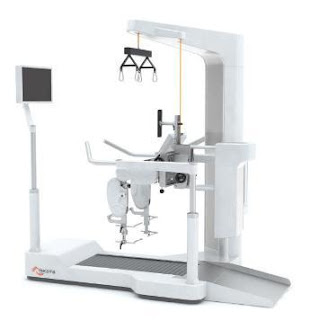If you are experiencing
·
Dull unilateral low back pain
·
The pain is often a mild to
moderate ache around the dimple or posterior superior iliac spine (PSIS) region
·
The pain may become worse and
sharp while doing activities such as standing up from a seated position or
lifting the knee towards the chest during stair climbing.
·
Pain is typically on one side
or the other (unilateral PSIS pain), but the pain can occasionally be
bilateral.
·
When the pain is severe (not
always), there can be referred pain into the hip, groin, and occasionally down
the leg, but rarely does the pain radiate below the knee.
You might be suffering from Sacroiliac Joint Dysfunction (SIJ)
Sacroiliac joint dysfunction generally refers to pain in the sacroiliac
joint region that is caused by abnormal motion in the sacroiliac joint, either
too much motion or too little motion. It typically results in inflammation of
the SI joint, or sacroiliitis. Women are
considered more likely to suffer from sacroiliac pain than men, mostly because
of structural and hormonal difference
The hormonal changes of menstruation, pregnancy, and lactation can affect the integrity of the ligament support around the SIJ, which is why women often find the days leading up to their period are when the pain is at its worst. During pregnancy, female hormones are released that allow the connective tissues in the body to relax. The relaxation is necessary so that during delivery, the female pelvis can stretch enough to allow birth. This stretching results in changes to the SIJs, making them hypermobile—extra or overly mobile. Over a period of years, these changes can eventually lead to wear-and-tear arthritis. As would be expected, the more pregnancies a woman has, the higher her chances of SI joint problems. During the pregnancy, micro tears and small gas pockets can appear within the joint.
Should you have the mentioned symptom, you will need to
undergo a series of Physiotherapy Treatment. The therapy sessions will include
pain relief (using electrical Stimulation), mobilization and exercise However,
you will need to see your Doctor if the symptoms persist for further medical
evaluation. At iREHAB, we believe having a multidisciplinary approach allows a
holistic view of conditions therefore able to provide the best intervention
possible.
Call us should you require further information at +603-56315698.







